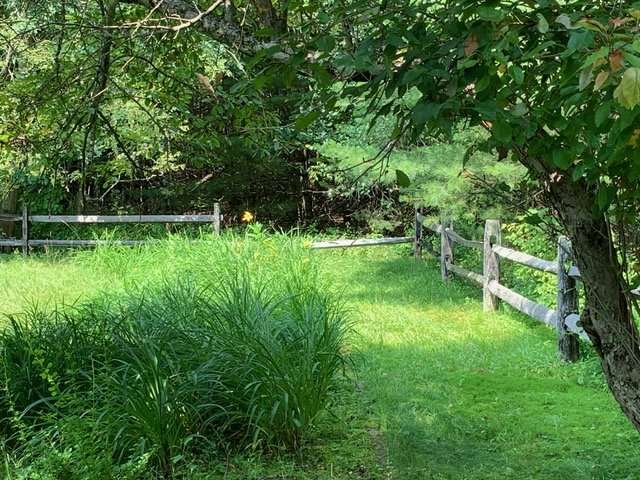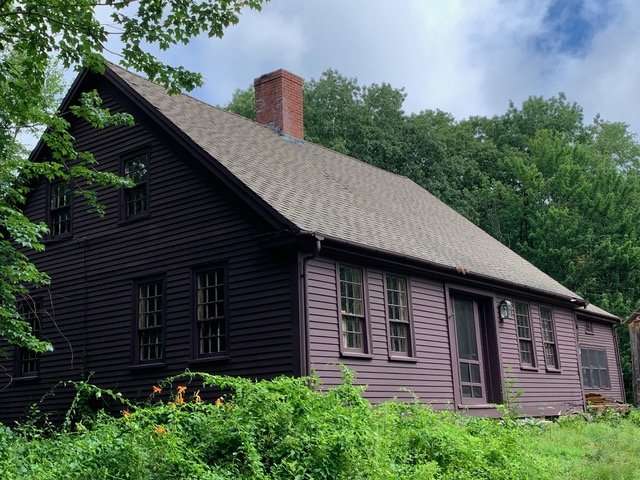The Origins of The Historic Sweat Morin Homestead
- July 29th 2023
- History

By Lawrence Furbish, Sweat Morin Homestead board member
In the 1700s, Massachusetts law (you may recall Maine was part of Massachusetts at that time) required every town to provide preaching by an “able, learned, orthodox (which meant Congregational) minister.” Early attempts to form a Congregational church in Sanford floundered and, in fact, the first church here was a Baptist church. Eventually, in 1786, a church was formed and Moses Sweat was a called as its first pastor. Moses had been born in Kingston, New Hampshire in 1754. He had read theology with the pastor of his own church and then traveled from town-to-town preaching for a few years.
Again, under Massachusetts law, the town had to supply not only a plot of land for the church itself, but also a “minister’s lot” of about 100 acres where the pastor would live. Moses settled on his lot on the east side of the Mousam River, where he also engaged in farming and teaching. His pastor’s salary was about $100 per year.
Moses appears to have been a very intelligent man. He was fascinated by ancient languages and studied them arduously. He became proficient in Greek, Latin, Hebrew, and Arabic, among others. His prized possession was a Polyglot Bible published in six folio volumes in London in 1655. It is now housed in the Rare Book Room of the Bowdoin College Library. It cost him $150 which, given his salary of $100 per year, shows the significance of his investment.
Several descriptions of Reverend Sweat were left by contemporaries. He was described as “fluent in conversation” having “all the graces of a Christian gentleman and model pastor.” Apparently, he spent about 10 hours writing each sermon and they were “appeals to reason and the moral sense and were, of course, always practical.” He was described as a genial companion, a good neighbor, a peacemaker, and a good husband and father.

His fellow pastors petitioned Harvard University to award him a Bachelor’s degree because of his proficiency as a language scholar. After examining his achievements, Harvard awarded him a Master’s degree at their 1790 commencement. Moses left 940 sermons which are now in the possession of the Maine Historical Society.
Moses bought a number of parcels of land during his lifetime and, upon his death, he owned 371 acres. Apparently, he was a shrewd businessman; he had his sons’ advance money for some of these purchases, but he kept the property in his name because pastors did not pay taxes.
Moses married Hannah Eastman from Danville, New Hampshire and they had 5 children – Homer, Hannah, Moses, Sarah, and Benjamin. Benjamin, his two wives, his children and his sister Sarah are buried in the family cemetery on the homestead.
Moses died of consumption (tuberculosis) on August 30, 1822 after 36 years as pastor of the Sanford Congregational church, now known as North Parish Congregational Church. Harland Eastman, longtime president of the Sanford-Springvale Historical Society, believes Sweat is the second most important figure in Sanford’s history after Thomas Goodall.
As one can imagine, a house built nearly 240 years ago has undergone changes and upgrades but, luckily, many elements of the original house have survived in good condition. The work, so far, has involved stabilization of the sills which lay atop large slabs of the original granite foundation, preparing some of the original plaster walls for restoration, replacing wood clapboards with historically authentic siding. Eventually, a new roof will be needed. Historical preservationists who have visited the site estimate that the barn was built around 1850. It needs significant work, but the Board hopes to save that as well.
Meanwhile, the Mousam Way Land Trust has been working to develop some trails for walking the property to enjoy the wildlife and trees. Some limited logging is planned to enhance and improve the health of the forest. This should allow the site to be a great place for visitors to enjoy not only the historic Sweat Morin Homestead, but also to appreciate the quiet beauty of the land and woods that surround it.
Material for this article comes in part from A History of the North Parish Congregational Church of Sanford, Maine compiled by Albert Prosser in 1961 for the 175th anniversary of the church.






